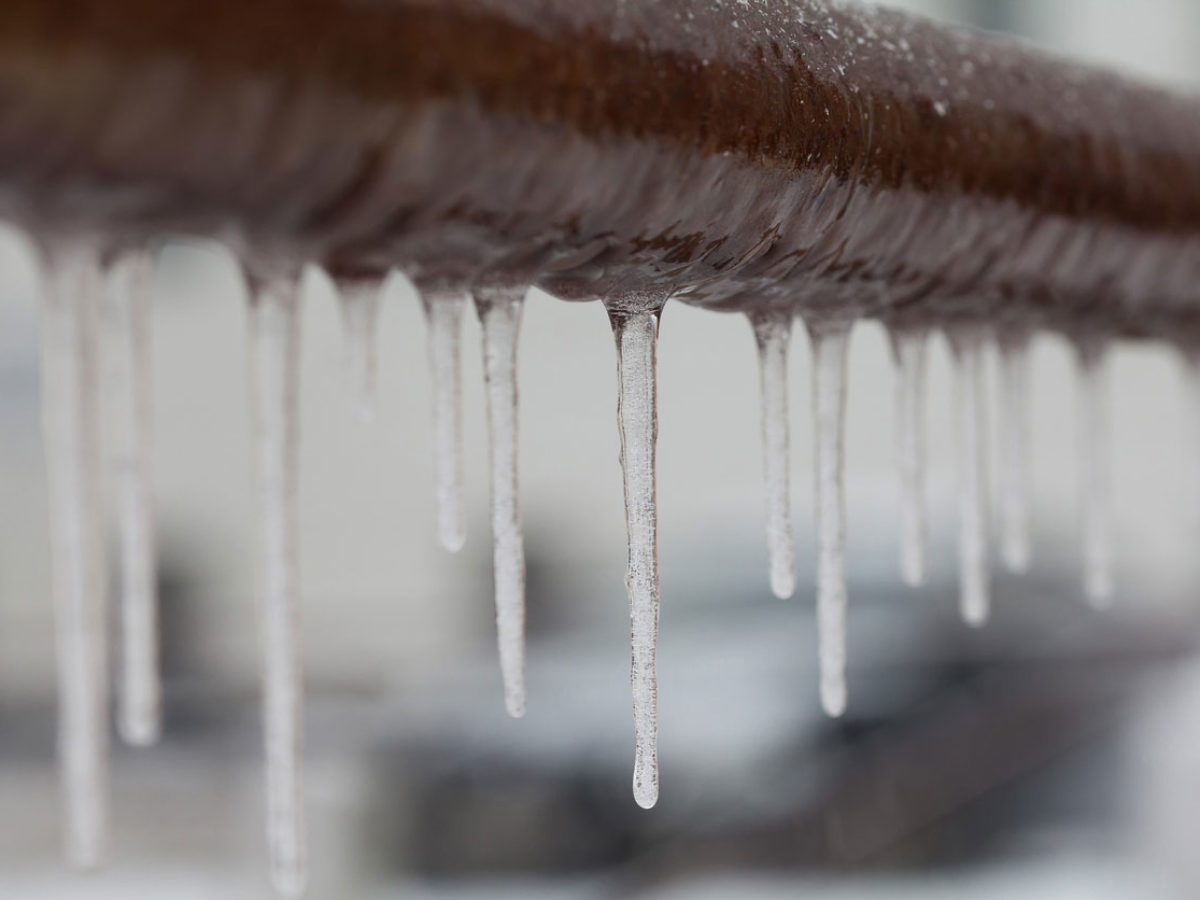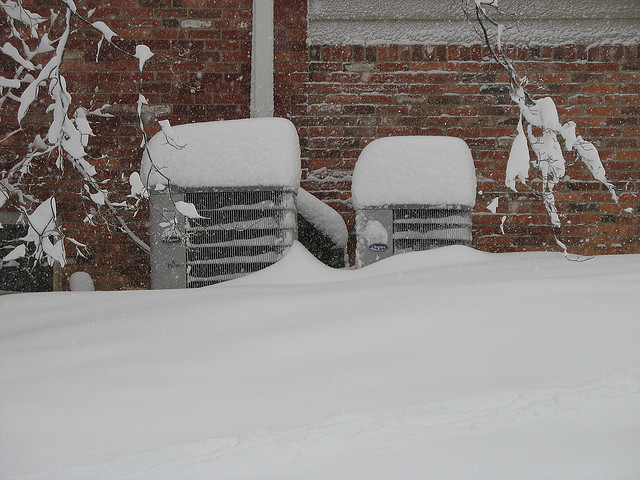Actions to Take If My AC Pipe Is Frozen - Immediate Solutions for Thawing
Actions to Take If My AC Pipe Is Frozen - Immediate Solutions for Thawing
Blog Article
This article which follows involving What Causes AC Pipes To Freeze? is highly insightful. Don't miss out on it.

Intro
Discovering that your a/c pipeline is iced up can be worrying, specifically during warm summertime when you rely upon your ac unit one of the most. Recognizing what to do in such a circumstance is vital to stop additional damage to your air conditioning system and ensure your comfort indoors.
Recognizing the Causes
Several factors can add to the cold of an air conditioner pipeline. Comprehending these causes can help you attend to the problem efficiently.
Lack of Airflow
One usual root cause of a frozen a/c pipe is inadequate air movement. When the airflow over the evaporator coil is restricted, it can cause the coil to drop below freezing temperature, causing ice formation on the pipeline.
Low Refrigerant Levels
Not enough cooling agent degrees in your a/c system can additionally result in an icy pipeline. Low cooling agent degrees can cause the pressure in the system to drop, bring about the freezing of moisture on the evaporator coil.
Cold Weather Conditions
In chillier climates, freezing temperatures outside can contribute to the freezing of air conditioning pipes. If your air conditioning system is not appropriately shielded or if there are leakages in the ductwork, chilly air can infiltrate the system, creating the pipeline to freeze.
Dirty Air Filters
Dirty or stopped up air filters can limit air movement in your a/c system, causing various concerns, including a frozen pipe. It's necessary to replace or clean your air filters frequently to guarantee proper air flow and avoid ice accumulation.
Signs of a Frozen AC Pipe
Identifying the indications of a frozen air conditioner pipeline is essential for punctual action.
Reduced Airflow
If you notice a substantial decrease in air movement from your vents, it could show an icy pipeline.
Ice Buildup on the Pipe
Noticeable ice accumulation on the cooling agent line or the evaporator coil is a clear indicator of an icy a/c pipe.
Strange Sounds from the Unit
Uncommon sounds, such as hissing or gurgling, coming from your air conditioner device can signify that there's ice present on the pipeline.
Immediate Actions to Take
When faced with an icy AC pipe, it's important to act rapidly to prevent more damage to your cooling system.
Switching off the AC
The primary step is to shut off your air conditioner to prevent the system from running and worsening the problem.
Checking for Blockages
Inspect the location around the indoor unit for any kind of blockages that may be obstructing air movement, such as furniture or curtains.
Defrosting the Pipe
You can make use of gentle techniques like positioning towels soaked in cozy water around the icy pipe to assist thaw it gradually.
Safety nets
Taking preventive measures can aid avoid future incidents of a frozen air conditioning pipe.
When DIY Methods Fail
If your attempts to thaw the pipeline or address various other problems are not successful, it's time to hire a specialist.
Importance of Hiring a Professional HVAC Technician
A licensed HVAC professional has the knowledge and tools required to identify and fix problems with your a/c system safely and effectively.
Regular Maintenance Checks
Schedule regular maintenance contact a specialist HVAC specialist to make certain that your air conditioner system is running efficiently.
Changing Air Filters
On a regular basis replace or clean your air filters to stop air flow constraints and maintain ideal efficiency.
Protecting Exposed Pipes
If your AC pipes are exposed to cold temperature levels, think about insulating them to stop freezing during cold weather.
Seeking Professional Help
If DIY techniques stop working to resolve the issue or if you're uncertain regarding exactly how to continue, it's ideal to look for aid from a certified HVAC service technician.
Conclusion
Taking care of an icy AC pipeline can be a frustrating experience, but understanding just how to react can assist decrease damage and bring back convenience to your home. By comprehending the reasons, identifying the signs, and taking timely action, you can effectively deal with the problem and protect against future occurrences.
What to Do If Your AC Line Is Frozen
Make Sure All Supply and Return Air Vents Are Open
If you notice problems with airflow, the first thing you should do is check your supply and return vents. Supply vents distribute clean, conditioned air throughout your home. As this air becomes stale, it’s pulled into the return vent, where it’s reconditioned before being sent back out through the supply vent.
When these vents are closed, air won’t flow in the home. Before examining your AC, check the vents in every room and ensure they’re all open.
Check for a Dirty Air Filter
Another possible cause of limited airflow is a dirty air filter. Your air conditioner’s filters catch elements you don’t want to breathe in, such as dirt and dust. Over time, filters can become clogged, ultimately blocking air from flowing in and out. The lack of airflow can then cause the entire coil to freeze and will completely restrict any air from moving through it. The AC may need to be powered off for one to two days to allow the coil to thaw after replacing the filter to allow proper functioning of the unit. This debris can also accumulate on your AC’s evaporator coil, requiring a more serious repair. In general, air filters should be cleaned regularly (about every two weeks).
Assess Your Outdoor Unit
In addition to checking your AC, assessing the outdoor unit is a good idea. Also known as the condensing unit, it works with your interior unit to release heat outside. An issue with the outdoor unit can result in rising internal temperatures.
Overgrown Shrubs or Clogged Leaves
From leaves and twigs to shrubs and debris, there’s no shortage of outdoor elements that can accumulate around your condensing unit. When these elements get lodged inside the unit, they can block airflow. Fortunately, removing the blockage can solve the problem.
Sounds of a Broken Fan
Shrubs and leaves aren’t the only things that can impede your outdoor unit’s airflow. If the fan is broken, the unit won’t be able to properly get rid of heat — which means the internal temperature won’t go down. First, make sure the fan is spinning. If it is, check for the following sounds of a broken fan:
Buzzing Rattling Screeching Hissing Clicking Preventative Measures
Nobody wants to deal with a frozen AC line. In addition to causing problems with your air conditioner, they require professional repairs. On the bright side, there are preventative measures you can take to help ensure this issue doesn’t arise in the first place.
https://www.coopergreenteam.com/blog/what-to-do-if-ac-line-frozen

I am just very excited about Air Conditioner Frozen? How To Fix your Frozen AC Line and I hope you enjoyed reading the blog entry. Sharing is good. Helping people is fun. We love reading our article about Have a Frozen AC Line? Here’s How to Fix It.
Click Here Report this page